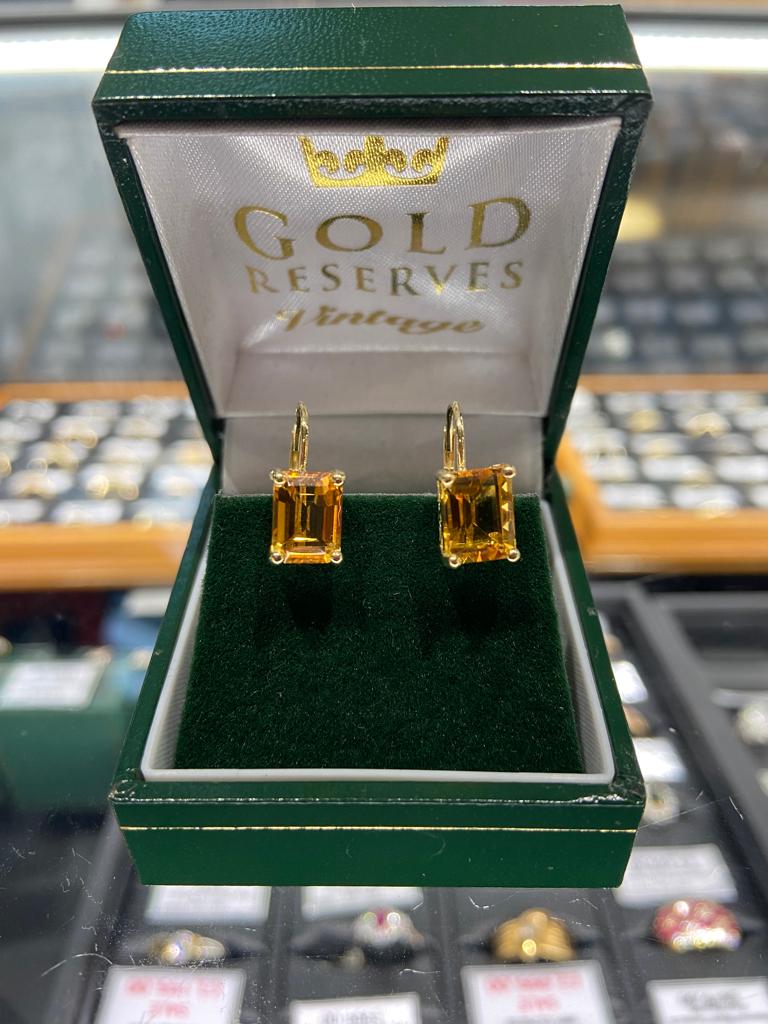
November Birthstone - Citrine!
History
Citrine was first discovered by a Spanish conquistador in the 1600s. The Bolivian mine he came across, "Anahí", contained large deposits of citrine as well as amethyst.
In ancient times, people believed that citrine gemstones could calm tempers, soothe anger and manifest desires, especially prosperity. To leverage these powers, Egyptians used citrine gemstones as talismans, the ancient Greeks carved iconic images into them, and Roman priests fashioned them into rings.
According to ancient mythology, Citrine is attributed with two divine deities: Demeter, the Greek goddess of harvest who is associated with productivity; and Sekhmet, the Egyptian goddess of war who is associated with power
Caring for your Citrine
The Other November Birthstone
The other birthstone for November is Topaz! Topaz frequently associated with golden yellow as well as blue, it can be found in a variety of colours, including colourless. The rarest are natural pink, red, and fine golden orange, sometimes with a pink tone.
The name for imperial topaz originated in nineteenth-century Russia. At the time, the Ural Mountains were topaz's leading source, and the pink gemstone mined there was named to honour the Russian czar. Ownership of the gem was restricted to the royal family.
Origin: Russia & Madagascar
Colour: Transparent yellow to brownish orange
Known to offer: Citrine is known as a joyous stone because of its colour and is known to offer happiness and joy to those who wear it
Myth: Citrine is often referred to as the money stone or merchant stone. People believed that it would accumulate wealth and success.





